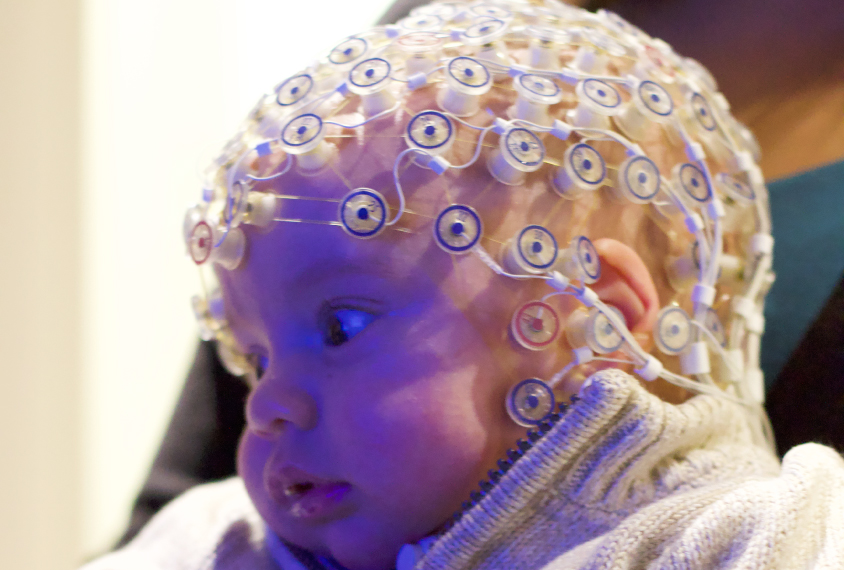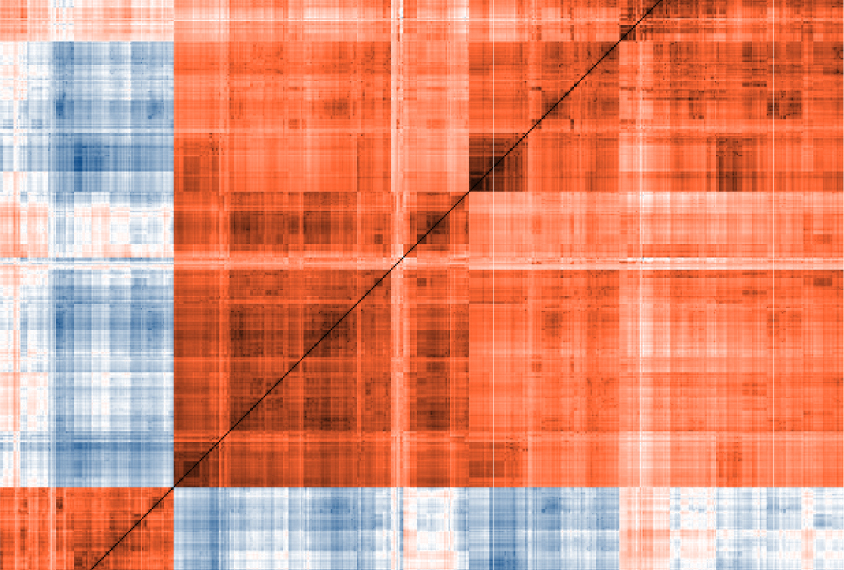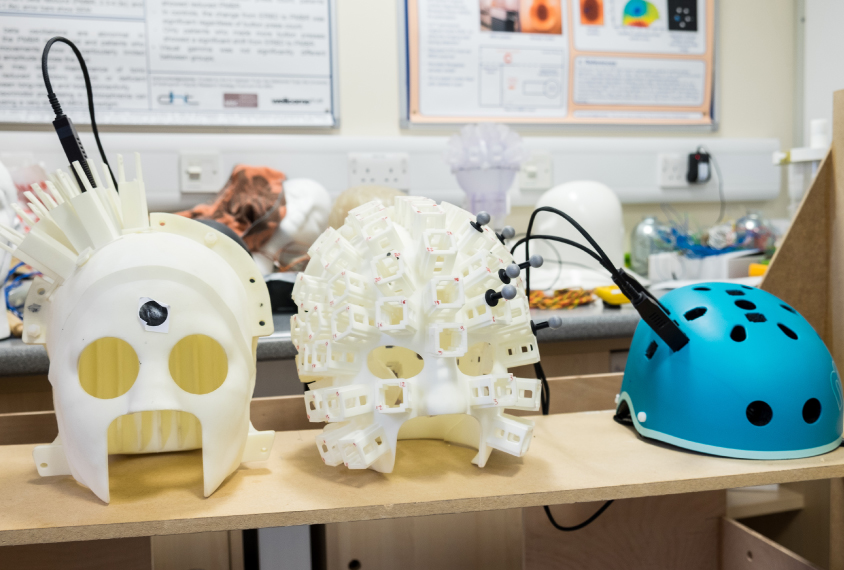Nicole Wetsman
From this contributor
Certain patterns of brain waves in babies may forecast autism
Brain activity patterns in the first year of life may predict autism in infants at high risk for the condition.

Certain patterns of brain waves in babies may forecast autism
U.S. funnels funds into research related to autistic adults
The U.S. government has injected $1.8 billion into autism research with a potential new focus: adults on the spectrum.

U.S. funnels funds into research related to autistic adults
Positive screen for autism often does not spur further evaluation
More than two-thirds of toddlers flagged for autism do not get assessed for the condition by specialists.

Positive screen for autism often does not spur further evaluation
Algorithm flags harmful mutations in single copies of genes
A new tool can predict a genetic problem called 'haploinsufficiency' in which a mutation impairs the function of one copy of a gene.

Algorithm flags harmful mutations in single copies of genes
Wearable device accurately scans brains in moving people
A new neuroimaging device that is worn like a helmet enables researchers to map the functional activity of a person’s brain as she moves her head.

Wearable device accurately scans brains in moving people
Explore more from The Transmitter
The Transmitter’s most-read neuroscience book excerpts of 2025
Books by Nachum Ulanovsky, Nicole Rust, and Andrew Iwaniuk and Georg Striedter made the list of some of the year's most engaging neuroscience titles.

The Transmitter’s most-read neuroscience book excerpts of 2025
Books by Nachum Ulanovsky, Nicole Rust, and Andrew Iwaniuk and Georg Striedter made the list of some of the year's most engaging neuroscience titles.
Neuroscience’s leaders, legacies and rising stars of 2025
Here are seven stories from the past year about some of the field’s most engaging figures.

Neuroscience’s leaders, legacies and rising stars of 2025
Here are seven stories from the past year about some of the field’s most engaging figures.
The Transmitter’s top news articles of 2025
Check out some of our most-read stories, covering neuroscience funding and policy changes in the United States, and methodological issues in high-profile neuroscience papers.

The Transmitter’s top news articles of 2025
Check out some of our most-read stories, covering neuroscience funding and policy changes in the United States, and methodological issues in high-profile neuroscience papers.